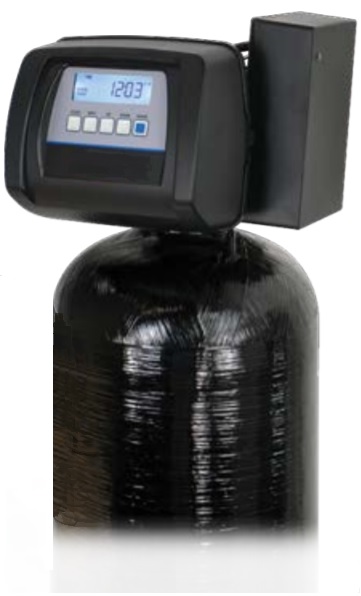SULFUR WATER
Hydrogen Sulfide, commonly known as sulfur, gives water an obnoxious “rotten egg” odor that makes it unbearable to drink, cook with, or even use for bathing. Because it is a gaseous acid, sulfur can also promote corrosion.
Luckily, hydrogen sulfide can be removed through several different methods. One way is to convert it into a precipitate (a yellowish gray powder) that can be removed though filtration.
Sulfur can affect anything metal in the home. This can include plumbing and pipes but can also affect televisions, refrigerators, stereos, cell phones, computer, jewelry, and even household wiring.
Very high concentrations can be explosive and poisonous. Sulfur can also kill your sense of smell. Because it can affect anything metal in the home, it is considered one of the most costly water problems to ignore.
Sulfur can destroy household copper piping in weeks or even days. For this reason, we always recommend that any home plumbing (water and drain) be constructed of non-corrosive plastic materials such as PEX, PVC or CPVC plastic.
Sulfur removal is more complex than simple water softening. Factors such as iron content, water hardness, dissolved solids content, pH, and presents/absence of bacteria can all have an effect on the design of a sulfur removal system.
Filtration systems can be very effective methods to remove light to moderate amounts of sulfur.
Heavy amounts of sulfur are often treated with an injection system.


OZONE ENHANCED FILTRATION
The Ozone Enhanced Filter uses the power of natural ozone (O3) technology to improve water quality without the use of harmful and harsh chemicals such as potassium permanganate, copper sulfate, or chlorine. This is a fantastic, low maintenance way to remove sulfur, iron, and sediment from your water.
The Enhanced Ozonation Filter effectively disinfects the media bed and is safe for the environment including septic systems. During the backwash cycle, trapped particles are flushed to drain and the ozone generator provides a fresh head of ozone.
Ozone is that clean fresh smell you notice in the air after a thunderstorm.
PEROXIDE or CHLORINE INJECTION SYSTEM
First, peroxide or chlorine is used to oxidize unwanted elements such as hydrogen sulfide, iron, and manganese. Peroxide is also used to eliminate other odors that can be present in water. These odors can be grassy, swampy, musty, woody, fishy, skunk, earthy, medicinal, etc.
This method is always followed by an automatic backwashing filter to remove the precipitated sulfur and other particulate matter.
KINETICO SULFURGUARD
Sulfur Guard filters provide a turnkey remedy for handling foul-smelling “rotten egg” water. Unlike other systems that use multiple treatment stages and are expensive, cumbersome and complex to maintain, there’s not much to do with a Kinetico Sulfur Guard™ filter but enjoy your water.



